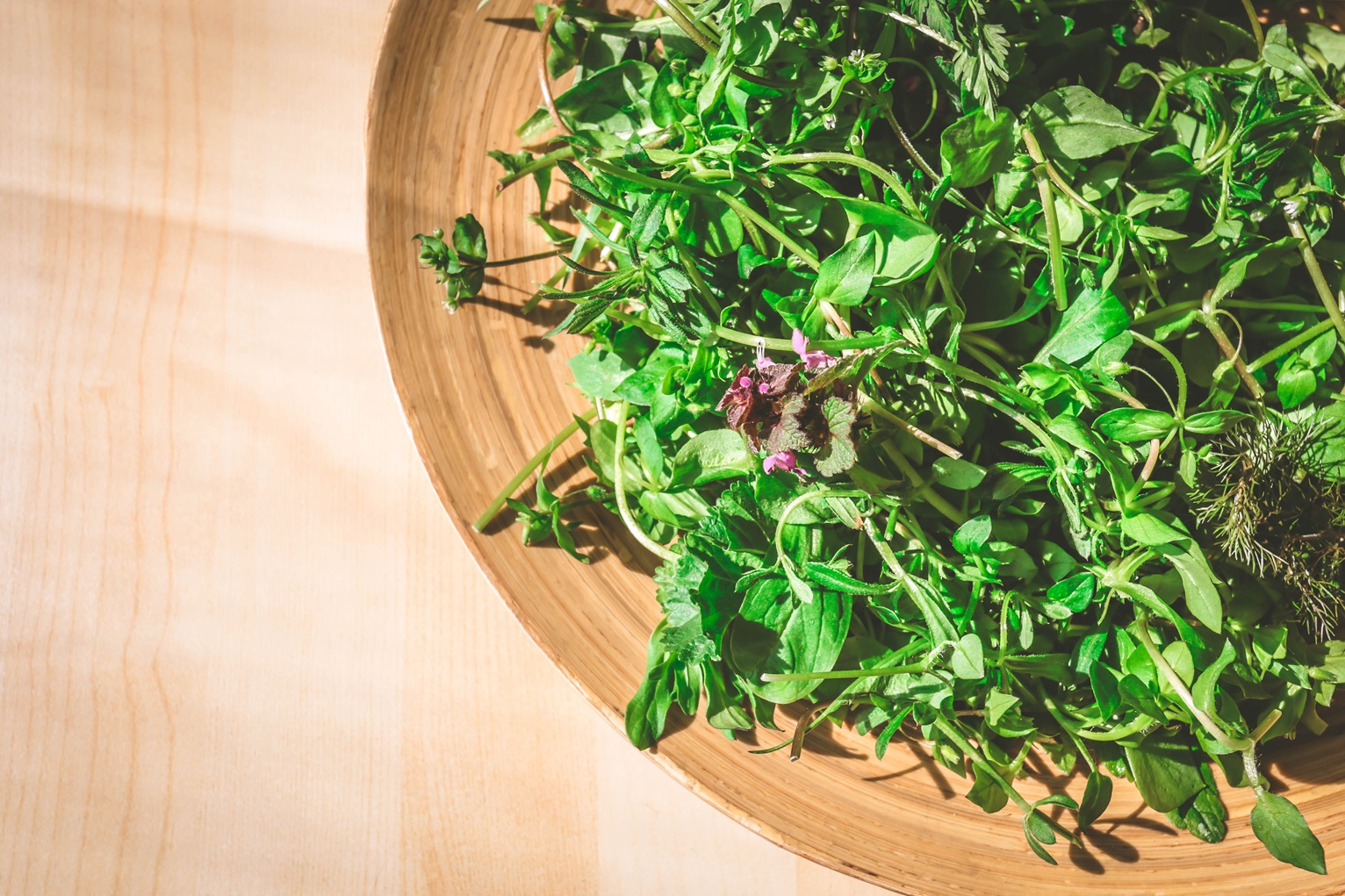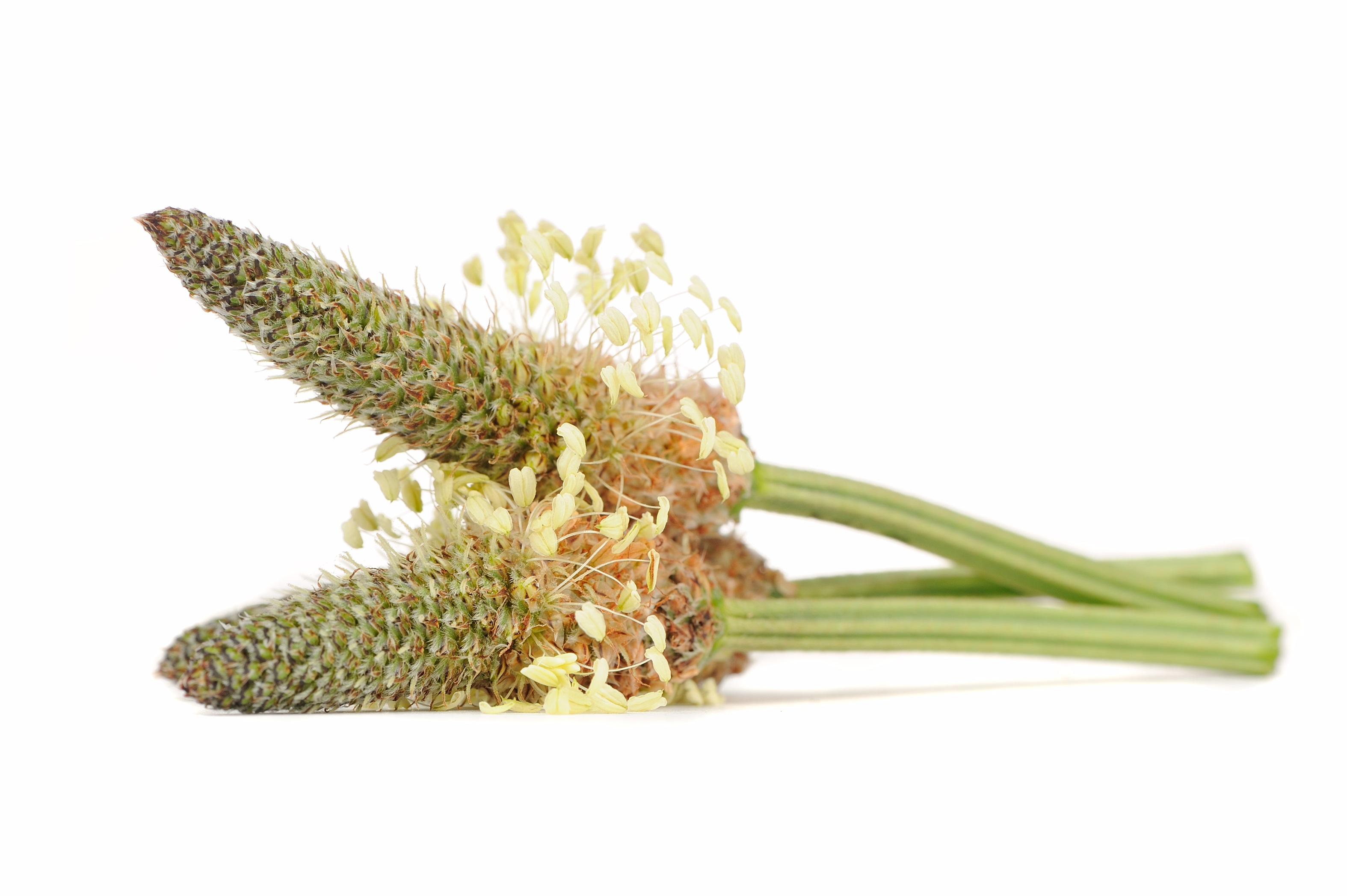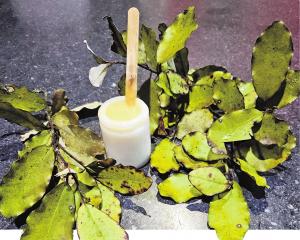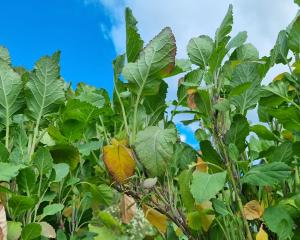

Research on bodies found in European peat bogs found that, in some, the gut contents were still intact and gave us a rare window into what people in the past ate. These people were often farmers rather than hunter-gatherers, but still had a decent variety of plants to eat, more variety than most people eat today.
The American gut project involved 10,000 participants. What they found was that those who ate 30 or more different plant varieties a week had the most diverse micro biomes. Some ate a lot more, but 30+ was the tipping point.
The food groups to chose from are whole grains, vegetables, fruit, legumes, nuts, seeds, herbs and spices (though herbs and spices only count for a quarter of a point because you would only eat a tiny quantity of these). Different colours of the same fruit are worth a point each, such as red and green peppers, because the colours contain different chemicals (polyphenols), which are antioxidants, anti-inflammatory and anti-microbial.
Our gut microbes defend our health, reduce inflammation (arthritis, auto-immune diseases) and oxidative damage, which is linked to chronic disease. A whopping 70% of the immune system is in our gut.
Processed foods, such as white flour and white rice, don’t count, neither does fruit juice as the fibre has been removed.
So ramp it up, eat as many varieties of food a week as you can. Forget 5+ a day, it is all about the variety.

Whenever I make a soup or a casserole-type dish I have as many different plants as I can just to keep our microbes happy. It seems to be working as we are pretty healthy, and even the fussy household member doesn’t seem to notice what weird stuff he is eating.
Dandelion leaves are a good starting point as everyone knows what dandelion plants look like. Chose the younger leaves, as dandelion can have a bitter taste, but when included with other foods in a meal you hardly notice the different flavours. In fact, you’ll probably grow to love them as I have.
Do some research, get someone to take you on a foraging walk to identify new plants, then, when you are out walking, harvest a handful of plants for your next meal.
The seeds of wild plants can also be added to meals. For example, plantain seed heads, which we used to flick at each other at primary school, are a close relative of, and have the same health benefits, as chia seeds.
So if you add a heap of foraged plants to your boring supermarket fruits and vegetables it will be really easy to get your 30+ a week. But more is better, so don’t stop at 30, go for 50+ a week.
And try not to fall in a peat bog.












